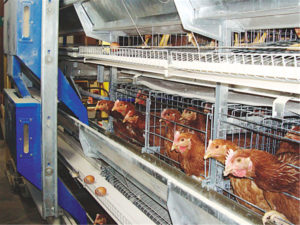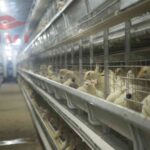Precautions for the use of vaccines in layer cages
Raising chickens in layer cages provides many conveniences for farmers. However, since chickens live in cages, it is very incorrect to not pay attention to epidemic prevention. Because the epidemic prevention is not in place, more money is spent and the epidemic prevention effect is not good, which will cause a lot of losses.
It is recommended that the vaccine is best around 8 to 9 in the morning. Because chickens have the best antibodies in the morning. Vaccination in the morning is conducive to rapid and timely production of antibodies. When vaccinating, you can’t directly grasp the point of the vaccine with your hands. It is best to hold the cap of the vaccine. It is best not to dilute the vaccine immediately after it is taken out. Need to take it out and put it in the greenhouse for half an hour to dilute.
For the first immunization, eye drops or nose drops are required. Because the immune organs of chickens are not fully developed. If drinking water is immune, it will be absorbed through the intestines. This has little effect. Because it will be discharged soon. It is normal to have mild respiratory symptoms 3-5 days after the vaccine. It means that the vaccine has produced antibodies. At this time, you can add some appropriate anti-inflammatory drugs to treat the respiratory tract.
The most important thing is not to prevent disease during the laying period of laying hens. Do a good job in the management of the chicken coop. Don’t let the chicken get sick. If the chicken is sick, the feed intake will decrease. This will lead to a drop in egg production. It takes at least one month for the chickens to return to their previous level of egg production.
The above is the method that automatic chicken farming equipment manufacturers take for everyone to prevent chicken epidemics. I hope it can help farmers to breed better chickens.












